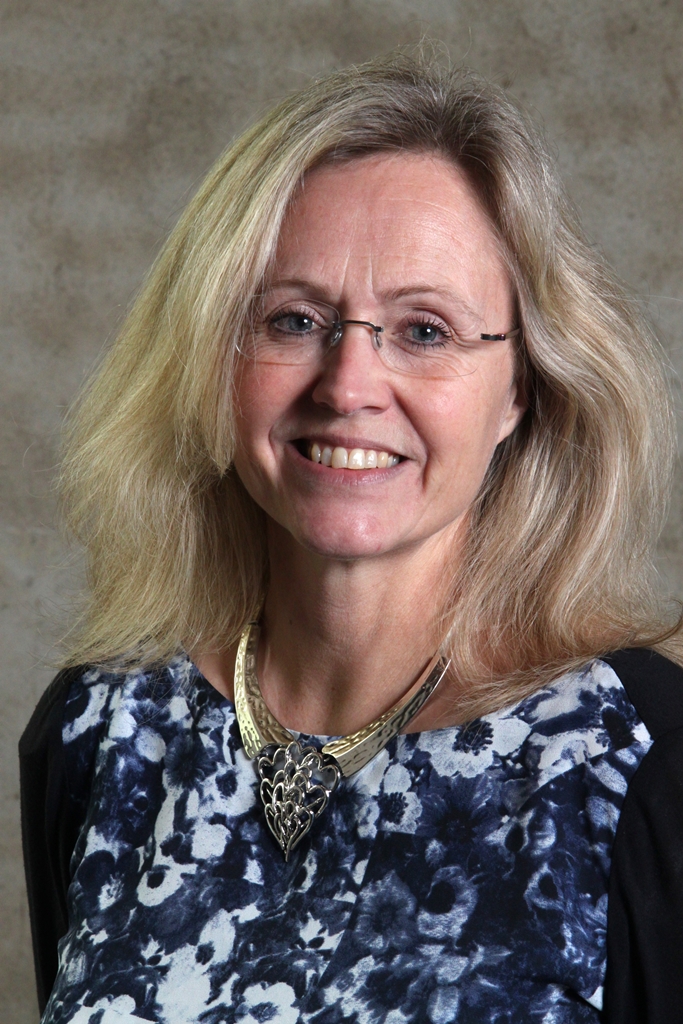Significant rise in female innovation leaders
When the Research Council recently selected 17 new Centres for Research-driven Innovation, one-third of them had women at the helm. According to the Research Council, an awareness-raising campaign was the main reason for the increase.
“Dialogue with the research community works better than general statements in the calls for proposals,” says Eirik Normann, Director of the Department for Innovation in Industry at the Research Council.
The Centre for Research-driven Innovation (SFI) scheme was established in 2005, and two previous calls for proposals resulted in one centre with a female director and 20 with male directors.
This has been a sore point, and Eirik Normann says that the Research Council made it clear to the research groups that it expects better gender balance. When the new centres were announced before Christmas, six of 17 centres had female directors.
Expectations are important
“The increase is not a result of any special measure, but in the lead-up to the last funding round we had a lot of contact with the potential applicant groups. We pointed out that the existing SFI portfolio had one female director and that that was not acceptable. We were clear that we expected the research groups to systematically seek out women for leadership positions, both as centre director and in other leadership roles in the project, such as work package managers. It is probably this measure that has been the most important,” says Normann.
“So it was quite simply an awareness-raising process?”
“Yes. We also make regular visits to the existing SFI centres, and then the question of how the gender balance has developed along the way is a fixed item on the agenda. Many of these centres are also represented in new applications, and so they have become aware that this was something we will emphasize in the application process.”
Will follow the development
The position of centre director does not necessarily indicate what the gender balance is like in the centre as a whole. Normann explains that the Research Council will gain a better overview of this over time.
“The new centres have not begun their activities yet, so we don’t have a complete picture of the percentage of work package managers who are women. We will get the figures on this when the contracts are signed. Gender balance will also become an issue in the midterm evaluations which all SFI centres must undergo. Then we will look at both the centre’s management, meaning the work package managers who work at an important level to implement the centre’s activities, and at the recruitment of doctoral research fellows. So there are several levels here that are important to follow up and that will give us a better idea about how the gender balance has developed at the centres.”
“I genuinely believe, though, that this time the environments have systematically sought out women for leadership positions to a much greater degree than before.”

Long-term efforts bear fruit
The Norwegian University of Science and Technology (NTNU) is the host institution or cooperating partner for several of the new SFI centres that have female directors. Ruth Hagen Rødde, a senior adviser on the rector’s staff for research, thinks that the increase in the percentage of women is a result of long-term efforts to recruit women to academic positions.
“NTNU has been working diligently with this for many years, especially in the technology area, and we believe we are now harvesting the fruits of our efforts,” she writes in an email.

“We have not done anything special to address gender balance in the actual SFI application process, but the Research Council made it clear in its guidelines that the institutions were encouraged to recruit female centre directors. This may have been a decisive factor for some academic environments, that is, a centre with a female director would be given priority as long as all other criteria were assessed as equal. It may also have put a damper on any internal male candidates vying for the position – but we have no concrete evidence of this.”
Technology-oriented scheme
The SFI scheme is targeted towards innovation and value creation in cooperation with companies and research groups. An overall goal of the scheme is to strengthen innovation capacity in the business sector, and this means that the centres are typically found within technology-intensive fields that have traditionally been male dominated. An SFI centre could in theory be based on the social science or humanities, but only if it could get companies to participate. According to Normann, it is difficult to find a clear connection between gender balance in the SFI centres and how technology oriented the centres are.
“The selection criteria for the SFI centres are the potential for value creation and high scientific quality. If a proposal doesn’t meet one of these criteria, it won’t be awarded SFI status. Several of the centres involve aspects of the social sciences and humanities, such as the centre at the Norwegian School of Economics that aims to increase innovation activities at Norwegian service providers. But these aspects are seldom enough in themselves to base an SFI centre on because companies are most concerned with technological innovation. This is why research environments within the social sciences and humanities are often more suited for the Centre of Excellence (SFF) scheme which has research quality as its only criterion.”
Must work with the recruitment pool
The Research Council recognizes, however, that gender balance varies from field to field because there are simply too few women in some subject areas. In these areas, more long-term planning is needed to increase the percentage of women.
“There are still subject areas where the percentage of women in the recruitment pool is so small that it’s difficult to insist that a centre must have women in leadership positions. But the research environments can’t use this as an excuse, and we make it clear that they must work to expand their recruitment pool. As a result, we find that direct dialogue with the research groups is the best way to proceed. General statements in the calls for proposals – for example, that priority will be given to centres with female directors when all other factors are equal – can be difficult to apply fully in practice. It’s not often we see two centres that are exactly equal,” explains Normann.
Translated by Connie Stultz.
A funding scheme under the Research Council, established in 2005. The goal is to strengthen innovation capacity in companies through a focus on long-term research and to establish close ties between companies and dynamic research environments. The selection criteria are high scientific quality and good potential for innovation and value creation.
There have been three calls for proposals, in 2005, 2010 and 2013. A total of 57 grant applications were submitted in the third round. Seventeen of these received funding, and six had female centre directors. In the previous two funding rounds, only one centre in each round had a female director.
The information for applicants states that, when all other factors are equal, the Research Council will give priority to centres with female directors or a strong representation of women among leadership positions. The applicants must also give target figures for the percentage of female doctoral research fellows they plan to recruit, but there is no minimum requirement.
See all Centres for Research-based Innovation (SFI)
Read also: 17 new Centres for Research-based Innovation (SFI) announced

